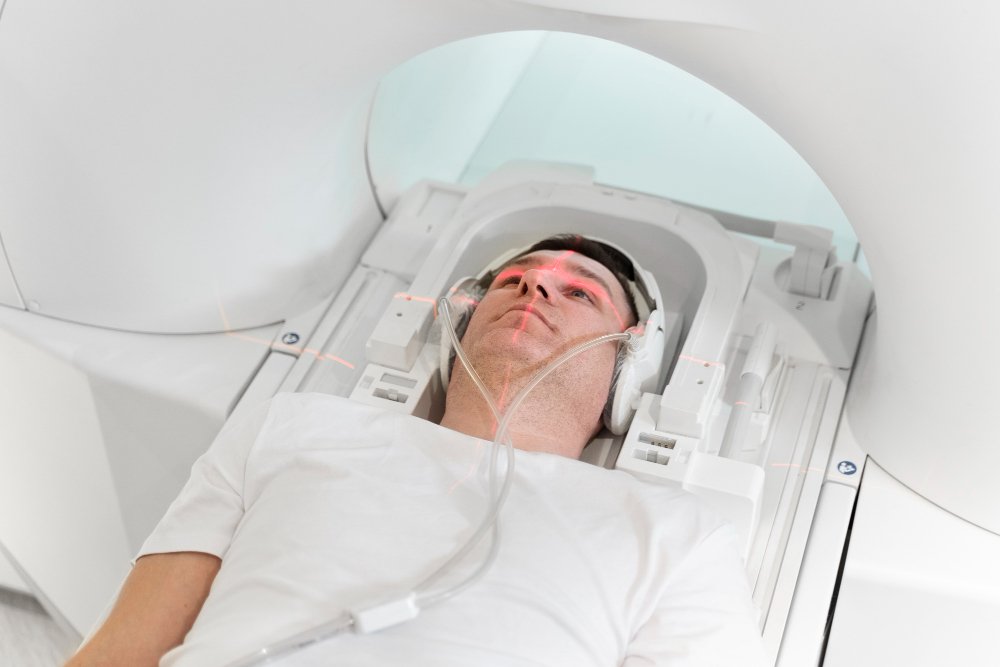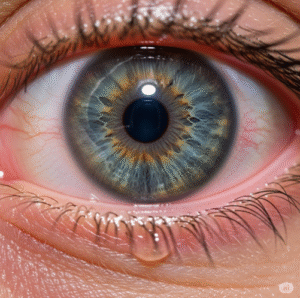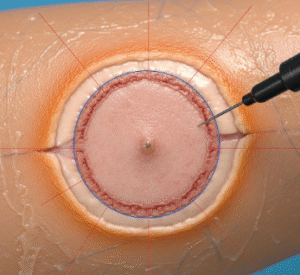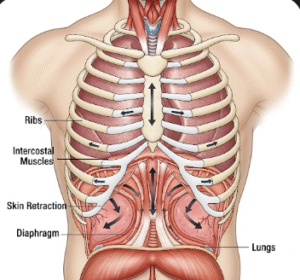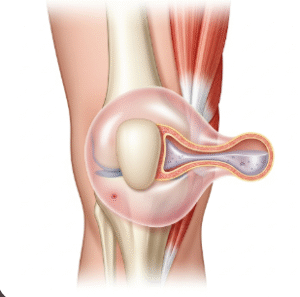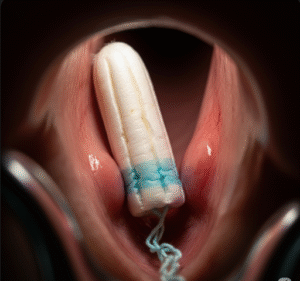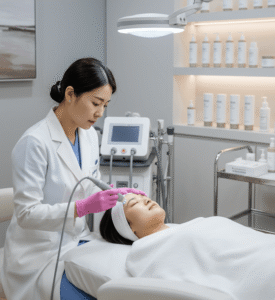Overview
Chiari Malformation is a rare structural defect in which brain tissue extends into the spinal canal, often due to abnormalities in the skull. It can lead to headaches, balance issues, numbness, and neurological complications. In Korea, advanced neurosurgical techniques, high-resolution imaging, and multidisciplinary care provide excellent treatment outcomes for patients with Chiari Malformation.
What is Chiari Malformation?
Chiari Malformation occurs when the cerebellar tonsils (part of the cerebellum) descend below the foramen magnum (the opening at the base of the skull), compressing the brainstem and spinal cord. It can be congenital (present at birth) or acquired. There are four main types, with Type I being the most common and often diagnosed in adulthood.
Symptoms
Symptoms vary depending on severity but may include:
- Headaches (especially at the back of the head, worse with coughing/sneezing)
- Neck pain
- Dizziness and balance problems
- Numbness or tingling in arms and legs
- Difficulty swallowing (dysphagia)
- Tinnitus (ringing in ears)
- Vision disturbances (blurred or double vision)
- Sleep apnea or breathing problems
- Weakness in hands or arms
Causes
- Congenital: Abnormal skull or brain development during fetal growth
- Acquired: Injury, infection, or excessive spinal fluid drainage from surgery or trauma
Risk Factors
- Family history of Chiari Malformation or congenital brain defects
- Connective tissue disorders (e.g., Ehlers-Danlos syndrome)
- Spinal abnormalities (like scoliosis)
- Hydrocephalus (excess fluid in the brain)
Complications
- Syringomyelia (fluid-filled cyst in the spinal cord)
- Chronic headaches and neurological pain
- Progressive nerve damage causing weakness and paralysis
- Hydrocephalus (excess cerebrospinal fluid buildup)
- Difficulty with fine motor skills and coordination
Prevention
There is no way to prevent congenital Chiari Malformation, but early diagnosis and regular monitoring can reduce complications. Genetic counseling may help families with a history of the condition. Avoiding head and spine trauma can also lower risks in acquired cases.
Treatment Options in Korea
Korea is well-equipped with neurosurgical centers and spine specialists that offer world-class management of Chiari Malformation:
- Monitoring:
- For mild cases without severe symptoms, regular MRI scans and neurological exams are used.
- Pain-relieving medications and physical therapy may be recommended.
- Surgical Treatment:
- Posterior Fossa Decompression: The most common surgery, where part of the skull is removed to create more space for the brain.
- Duraplasty: Expanding the covering of the brain (dura mater) with a graft to relieve pressure.
- Spinal cord syrinx drainage (for syringomyelia).
- Shunt placement for hydrocephalus management.
- Advanced Imaging & Diagnosis:
- High-resolution MRI, CT scans, and cine MRI (to track cerebrospinal fluid flow).
- 3D navigation and robotic-assisted neurosurgery for precision.
- Rehabilitation:
- Post-surgery physiotherapy and occupational therapy
- Speech and swallowing therapy if cranial nerves are affected
- Long-term neurological follow-up

